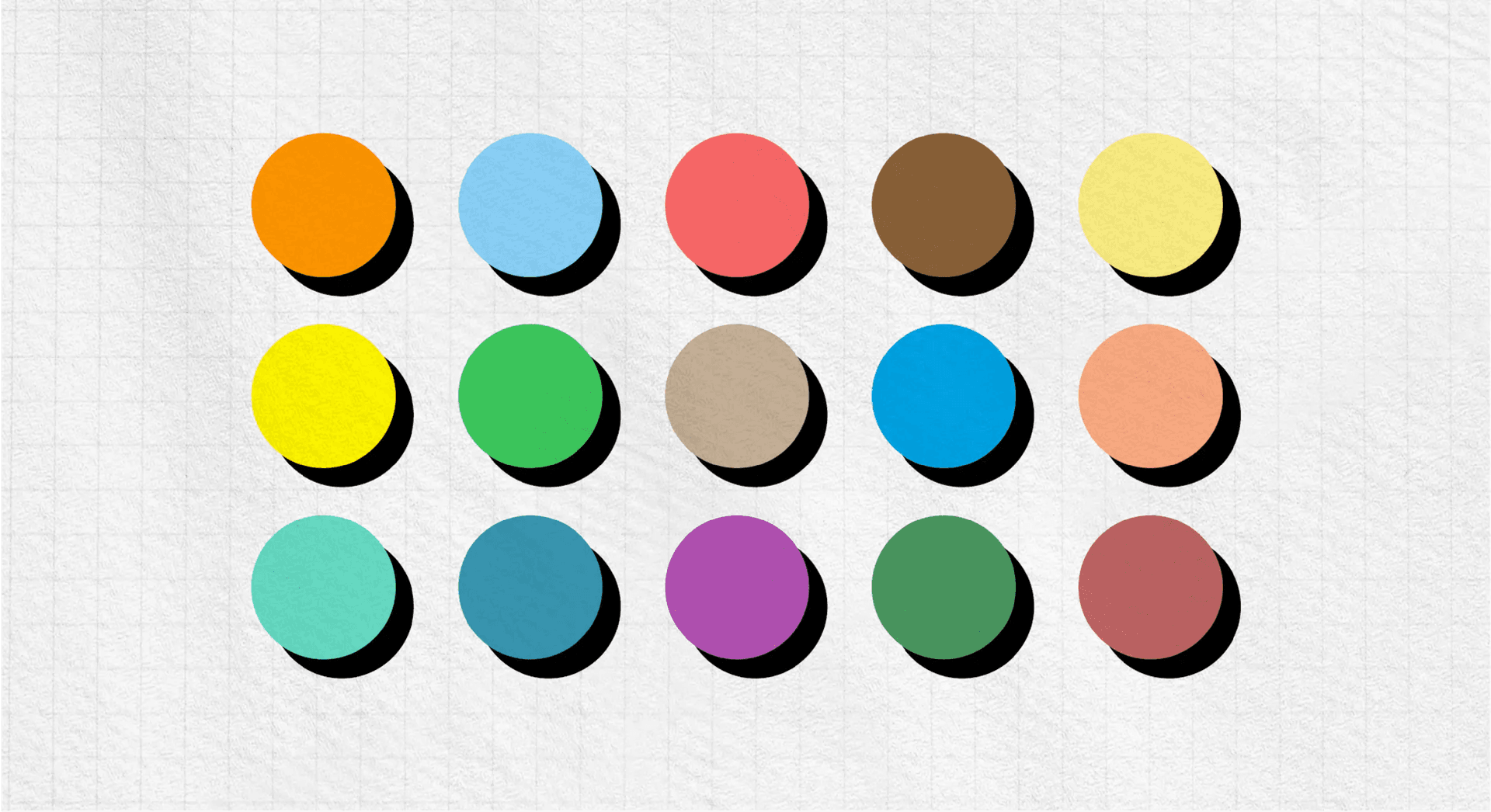The semiotics of colour
An exploration of the meaning behind colour and the role it plays in orchestrating experiences and communications.

Colours. We all have a favourite.
In orchestrating experiences and communications, colour plays a role in delivering information, creating lasting identity, suggesting imagery and imparting symbolic value.
The semiotics of colour is about the meaning we convey through colour as a sign. Semiotics establishes the meaning of a symbolic, iconic and indexical sign. Colour semiotics determines the meaning imparted by the sensation that an observer experiences when they look at the colour of such signs.
The semiotics of colour in context
To use the semiotics of colour to our benefit we need to take into account emotional, socio-economic and cultural variables.
The emotion of colours
Observing colours will always have an emotional, visceral impact on the observer. When emotions are evoked, all aspects of colour psychology, semantics and physics are in play. At base, our experience of colour affects our physiological state.
How we emotionally react to colours is in part innate and in part learned.
For example, there is a reason why red is a dominant colour in a lot of gyms; this colour has been cited to raise muscular strength and energy. Meanwhile, yellow is seen before other colours when placed against black; this combination is often used to issue a warning.
Consider now how this also happens to be the colour combination of many harmful creatures; wasps, hornets or even the Speckled King snake.
Socio-economic colour meanings
Colours also carry socio-economic meaning.
In western society, purple became associated with wealth and royalty because in Ancient Rome the dye needed to create the hue was more expensive than silver.
Moreover, there are significant differences between young and older audiences for colour preferences when conveying value and warmth.
In crowded, industrialised economies, cool colours are the norm for clothing, buildings and interiors. In developing, agriculture-based economies, warm and vibrant colours are the general rule.
Colour and culture
The meaning and symbolism bestowed to colours can also have cultural origins.
Red is associated with luck in China, take the red of the Hong Bao packet, popularised digitally by WeChat, whereas red symbolises passion in Europe, or anger in North America.
Blue is by far the most corporate looking hue for Western cultures, but it happens to be the colour of evil-doing for East Asian cultures. Despite it being the world’s favourite colour, blue is also associated with unhappiness - when you’re feeling ‘blue’.
White is associated with hygiene, emptiness, purity and intelligence, but it can also mean mourning, death and sterility.
In the West gender became a cultural colour; pink for girls and blue for boys.
The meaning of colour
The actual meaning, in any particular situation, depends on the context in which the colour is being used.
Additional complexity around the semiotics of colour
When you add other aspects of visual appearance to colour semiotics, such as gloss and texture, translucence and patina they influence perception and reaction.
Interestingly social groups often share common purposes and meaning around colour.
Sports fans will associate different meaning to colours because of positive or negative associations with teams. These groups can be outliers to the consensus around colour held by larger communities. Yet depending on their importance to the user experience, the semiotics these groups respond to may influence design– imagine a design for a football club’s website without their home strip.
We take colour for granted
With one click, we have thousands of colours at our disposal. But the appropriate use of colour semiotics impacts the success of design and the message it delivers.
It’s a tricky field to navigate, the associations we give to colour and the associations we actually want to establish vary widely.
On the one hand, these connections of meaning seem obvious, on the other they seem unpredictable and anarchic. We’d be quick to jump to only determine or measure the emotional or psychological reactions people have when observing a colour. But semiotics is about meaning, not emotions.
By understanding the value of users’ reaction to colour as part of the communication process, experience design practitioners can develop more informed design activities to communicate the intention behind an established meaning.
This will strengthen your brand identity and add to the value your brand drives for your customers.